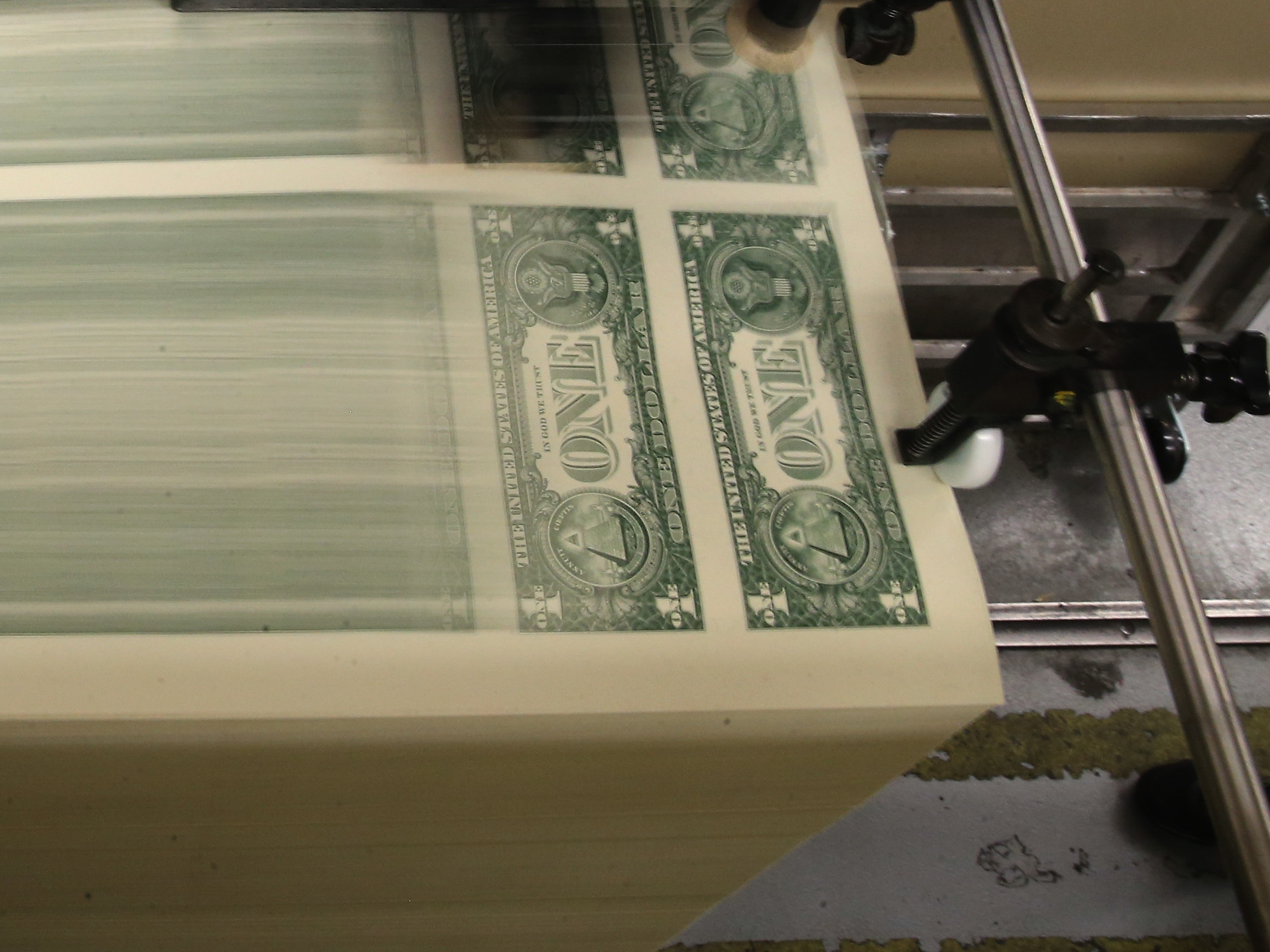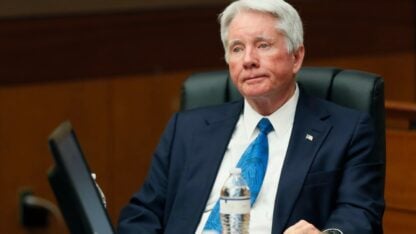Congressional forecasters are projecting a federal deficit of $2.3 trillion this fiscal year, even without the additional $1.9 trillion in spending that President Biden has proposed.
That would mean a smaller deficit than the record $3.1 trillion in 2020, according to the forecast issued by the Congressional Budget Office on Thursday. But at $2.3 trillion, the budget gap in 2021 would still top 10% of the overall U.S. economy — making it the second-largest deficit since World War II.
It would also be $448 billion larger than the CBO was projecting in September. Congress tacked on an extra $900 billion in spending in late December when they passed an additional coronavirus relief plan. The cost of the plan, however, is partly offset by a stronger-than-expected economic recovery.
The CBO notes that the federal government was already running large deficits before the pandemic. Since then, the budget gap has “widened significantly” as a result of falling tax revenues and increased spending.
The deficit in the 2020 fiscal year topped $3.1 trillion, or 14.9% of GDP.

9(MDAxODM0MDY4MDEyMTY4NDA3MzI3YjkzMw004))








